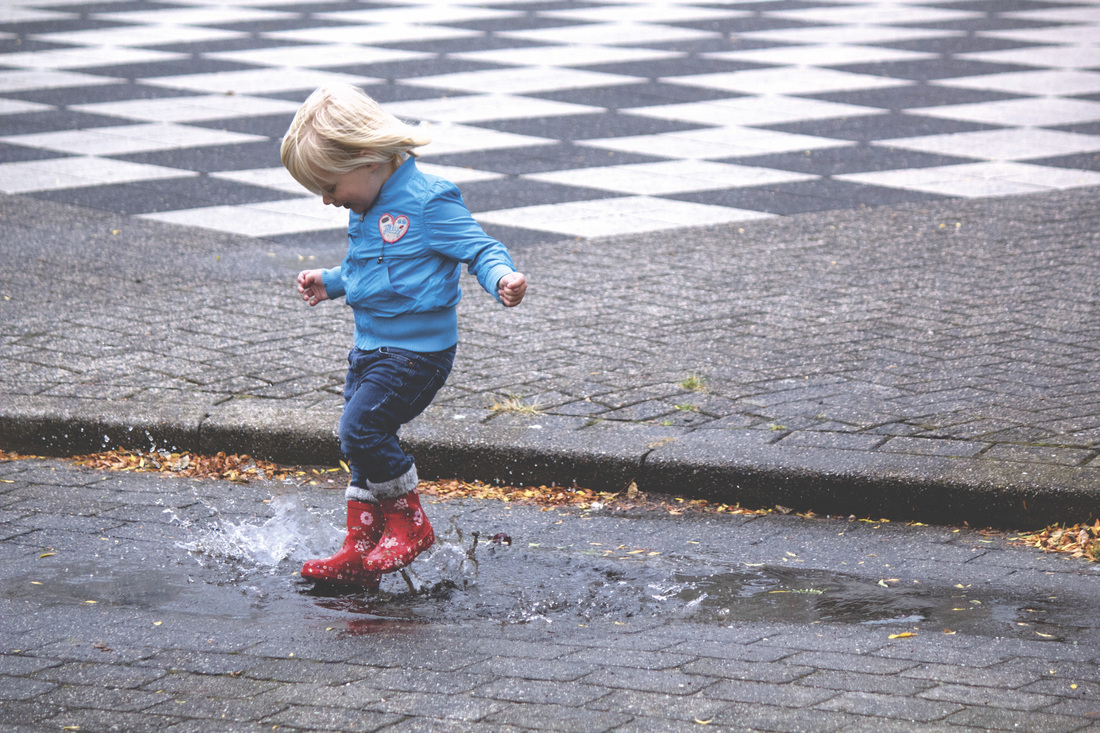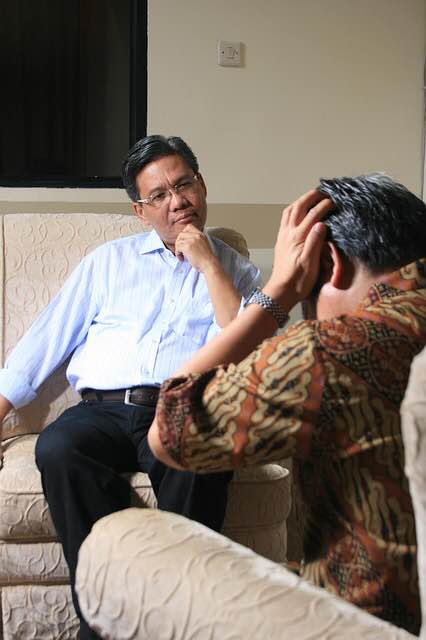|
Unlike common illnesses of childhood that come and go, Type 1 diabetes is permanent. When children realise this it is natural for them to feel scared and upset, longing for the past when all was normal. Everyone has different ways of coping with setbacks and children are more likely to mirror the way their parents cope. It is really important that parents are mindful of their own emotional response to the diagnosis. Mindfulness can be helpful to manage the shock of the way your life and your child’s life has changed by giving them space patiently to express their feelings whatever they are. Sometimes they may not be able to articulate how they feel so help them by encouraging much love and kindness without judging their experience. Human nature is such that we often blame ourselves, diabetes may be seen as a punishment for something and children will go through similar if not the same emotions. It is essentially a loss of an old way of living to adapting to a new way. A period of grief and mourning is natural. This process is absolutely necessary for a healthy transition to a new way of life so healing can take place from within. The healing period can vary from child to child and will depend on the level of support that is available. Bearing this in mind, patient parenting is needed. Some children with Type 1 diabetes may not be ready to accept their difficulties, obvious signs would be preferring not to talk about them or play them down. Everyone finds their coping mechanism but also be aware when a child seems to be coping very well as they could be harbouring their true feelings. Often children (especially older) may find it easier to talk to someone outside their immediate family perhaps an aunt or friend. Be mindful of this. A useful tool to help express difficult emotion is to ask your child to keep a daily journal specifically focussing what was particularly difficult about the day balanced with any positive aspects. This can help to identify patterns of negative emotions and get to the root so you can help them deal with them and it ensures an open dialogue even if it is not verbal Tips for older children with diabetes
0 Comments
Life can be a roller-coaster of emotions, it’s not anyone’s fault. it’s just the way life is. There are often moments that are overwhelming and difficult to endure which can feel scary. Sometimes, negative emotions surface out of the blue for no obvious reason leaving us feeling angry, anxious, stressed out, sad or even embarrassed. When a negative emotion rears its head, its very normal to avoid facing it by distracting ourselves with activities like food or drink or something stronger. Sadly life is such that we all face hardship but the intensity of emotional pain for each one of us can vary from small setbacks like feeling excluded, to intense grief of a significant loss. The problem is, the more we try to avoid emotional pain the more likely we are to experience it because we are unable to develop the skills needed to cope. By not accepting suffering we give negative emotions permission to control us because no matter how hard we try to escape them, emotions have a way of reappearing possibly in the form of panic attacks, depression or by engaging in unhealthy behaviours like substance abuse, eating disorders, pathological gambling, internet addiction, excessive worry or over-exercising to name a few. Mindfulness can be your greatest teacher to help you face suffering and accept it as part of the human experience. It gives you the opportunity to step back and understand that emotions are temporary. The more you face up to uncomfortable feelings, the less intense the emotional experience. In the long run you learn to cope with experiencing pain while it also massively enhances happier moments, a paradox we must all understand. RAIN - 4 Steps to Manage Negative Emotions
Here is a very well known mindfulness practice called RAIN (an acronym for the four steps of the process), it can be used in any situation or place. It directs your attention in a clear, systematic way that cuts through confusion and stress. R – Recognise. You can do this by simply asking yourself: “What is happening inside me right now?” Keep an open kind mind and listen to what you are feeling. Name the emotion if you can. A – Accept. Allow the thoughts, emotions, feelings or sensations that may feel unpleasant to just be. This emotion is present in the here and now at this very moment. Just “Let it be”. I – Investigate. Pause and simply ask yourself “Where am I feeling this emotion in my body?” “What thoughts am I thinking? “ “What experience led to this feeling?” “What does this feeling want from me?” N – Non-identification. This means maintaining a sense of who you are by simply observing the emotions. Emotions are temporary feelings that will pass, watching them come and go like thoughts can help you regain control. Imagine you are like a mountain, in the midst of a storm it remains still. Similarly during a difficult time, know that the feelings will pass and there is always a part of you that remains still and untouched by it. Have the attitude “sadness is weighing me down at the moment but it will soon melt away”. “Anger is rising up in me like a furnace but at some point it will start to settle and cool down.” Non -identification is a powerful step that disentangles you from the negative emotions replacing it with inner peace and awareness. R.A.I.N. and related practices of spacious awareness are fundamental to mental health, and always worth doing in their own right. Sometimes you may find that one step is enough to help you manage the negative emotions but you may need to go through all four steps of the process which is recommended during challenging times. |








 RSS Feed
RSS Feed
